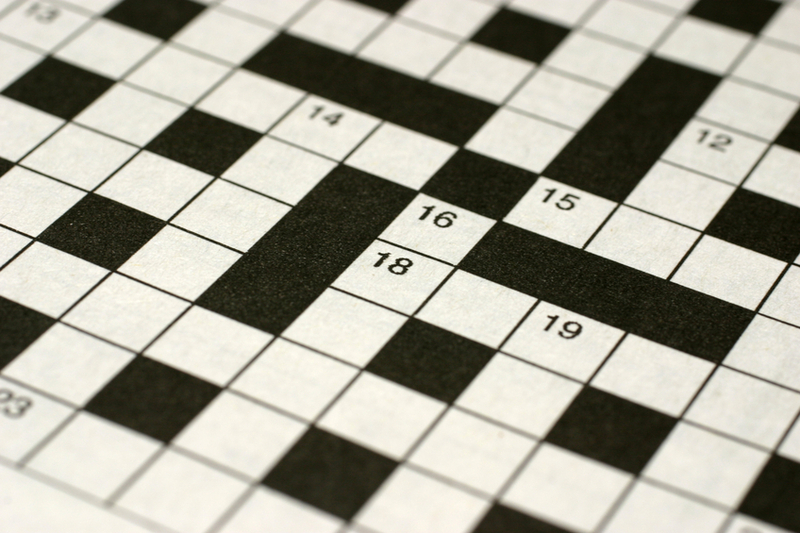There are many parts of a successful college application, the most important of which is high school grades.
The second most important part is the SAT score. The SAT is typically taken in junior and senior years (it is typically taken twice).
The key to getting a higher SAT score is working early, slowly, and consistently.
No student should have to
cram for the SAT in the few months before the test; cramming isn't effective educationally and makes the entire process more stressful than it needs to be.
Here are ten everyday things you can do to work toward a better SAT score.
None of the steps will take more than an hour, and all the steps together won't take more time than watching two or three weekly television shows. And each step will help raise your score, even if you do only one.
1. Read Novels -
There will be many questions testing vocabulary and reading comprehension throughout the SAT. These two skills are also the most difficult to quickly prepare (see #2). To excel on the SAT, a student should plan to work, slowly, surely, and over time, on their reading and vocabulary and one of the best ways to do that is to regularly read novels. Students don't have to read classic novels, or even good novels, to get a benefit from them for the SAT. Reading modern, grammatical English, as written in virtually all novels published in the last hundred years, will help a student with their vocabulary and their ability to understand sentence structure. For SAT purposes, it doesn't matter what a student reads, as long as the student reads consistently.
2. Get to know -
Vocabulary is the hardest to cram for in the few months before the test. Students should do whatever they can to steadily increase their vocabulary (as we saw in #1) and Dictionary.com can help. The Web site features a "", which they email to you, that is often an SAT word and always a word worth knowing.
3. Keep a Journal -
The SAT now includes a writing section. Just as experience reading is the best way to boost a verbal score, practice writing is the best way to boost a writing score. When writing a journal, just as with reading novels, the quality isn't as important as the consistency; the journal should be used for slow, steady progress in writing over the course of years and not for time-intensive essays (students should get plenty of practice writing essays in school.) For now, try to write for 20-30 minutes a day, 5 or 6 days a week. That should help push to your writing to the next level.
4. Do Crossword Puzzles -
Greater knowledge of words, including connotations, will help students with the verbal section. Students can answer many SAT questions by knowing something, but not everything, about a word. An example would be knowing what context it usually appears in, or what part of speech a word is. Crossword puzzles use words creatively and playfully, which will help students to see the many ways a word can be understood.
5. Read the Newspaper -
The SAT will test your reading comprehension skills. Most newspaper articles are about the same length as the SAT passages and experience reading this type of writing will make answering the reading questions on the SAT easier. (Try The New York Times and the Washington Post.)
6. Work Out Logic Puzzles -
The SAT has always tested logical thinking and newer SATs test it even more. Students can work on this skill using any of the multitudes of logic puzzle books sold at bookstores, supermarkets, or anywhere. These puzzles will help teach students how to read sentences precisely and notice the difference between what a sentence seems to say and what it actually says (a skill worth having throughout life.)
7. Draw -
One of the trickiest parts of the SAT math section is the geometry section, but some drawing skill will help greatly. Some geometry questions will actually not include a diagram of the shape, which is part of what makes the question difficult (many SAT questions are like this in that the content tested is not the hard part of the question, the way the question is asked is.) Being able to quickly and accurately draw the shape(s) described in the question can often make the question much easier to answer. For the geometry questions with accurately drawn shapes (and the shapes on the SAT are accurate unless noted otherwise), a student familiar with shapes can often more effectively estimate angles, distance, lengths, etc.
8. Answer the Questions -
Take a practice SAT test and try out some questions. The College Board publishes on their every day and students can start there to learn what SAT questions look like and how they work. It's free and only takes a few minutes a day.
9. Memorize Fraction/Decimal conversions -
What number is greater, 1/8 or .18? Students will have to make comparisons like this in the SAT math sections (even in the new test) and any time taken to work out the conversion during the test is, in effect, points not being scored. Memorizing /2 through /12 will give minutes of time during the test to answer other questions (and get more points!)
10. Don't Panic! -
The SAT is certainly important for college admissions. At most schools the SAT score is second only to high school grades. Students shouldn't panic, but they should get to work.
